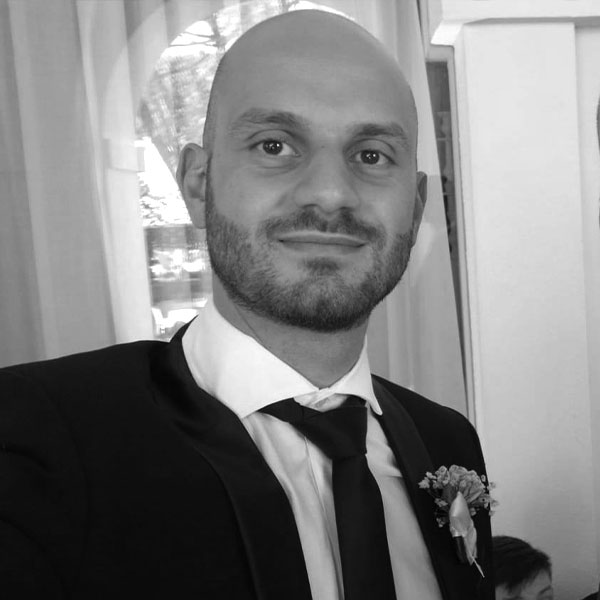The bacterium is able to produce a current of 9 amperes in 20 hours and allows to feed electrochemical systems for water treatment
Desulfuromonas acetexigens is the name of the new electroactive bacterium. A discovery defined revolutionary by the authors of the study. The study was carried out by a research group of KAUST, King Abdullah University of Science and Technology, center of excellence in Saudi Arabia. The research lays the foundation for a breakthrough in wastewater treatment technology. Electroactive bacteria are a particular species of organisms able to transfer electrons from a solid material outside their cells.
One method of wastewater treatment involves the use of electricity to destroy polluting chemical species. The difficult part, however, is the passage of electrons from the metal electrode to the solution in an efficient way. The desulfuromonas acetexigens succeeds in the enterprise, producing a current of 9 amperes in 20 hours. The new bacterium produces twice the current density in a third of the time, it grows easily on metal surfaces and does not need to be fed with hydrogen or other expensive compounds.
Researchers are trying to exploit their discovery right away. The goal is the creation of a highly efficient microbial electrolysis cell reactor. The system could recover hydrogen gas as energy and be connected to integrated solar panels. The authors of the study, published in Water Research, believe that it is possible to obtain a neutral or even positive energy system, that is to say, it could produce more energy than required to run the system.
You may also be interested in -> Innovative antibacterial treatment for metal surfaces

































